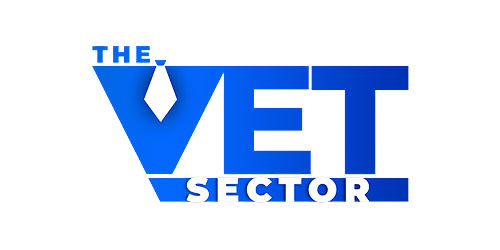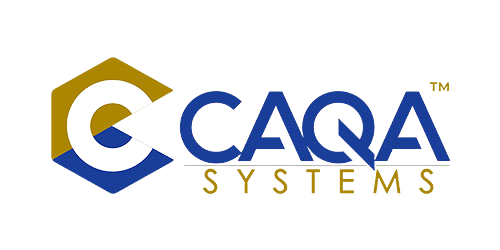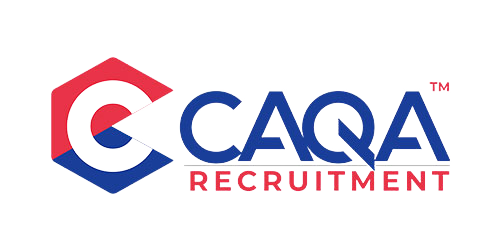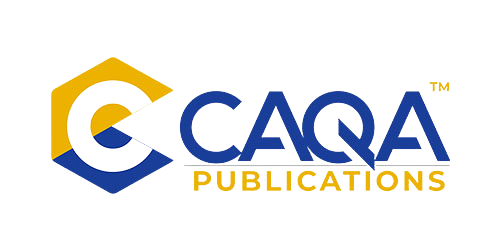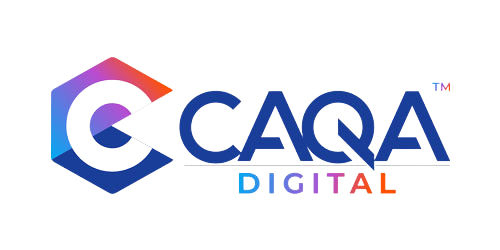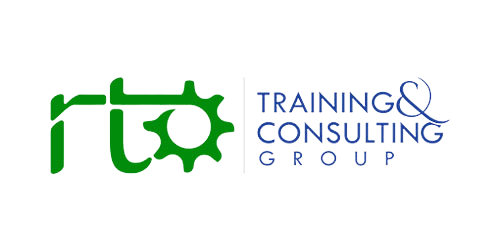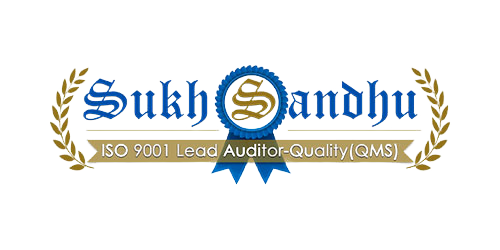In the rapidly evolving landscape of vocational education and training (VET), staying informed about the latest training package updates is essential. These updates ensure that your curriculum not only meets industry standards but also provides the best learning experiences for your students. This article will guide you through the necessary steps to receive vital updates from the national register, ensuring that you deliver compliant training and assessment to your students effectively.
The importance of staying updated with the latest training package changes cannot be overstated. For Registered Training Organisations (RTOs), keeping curricula current is not just about maintaining compliance with regulatory requirements but also about ensuring that students receive the most relevant and high-quality education. This, in turn, prepares them better for the workforce, enhancing their employability and contributing to the overall reputation of the training provider.
The Importance of Staying Updated
The VET sector in Australia is dynamic, with frequent updates and changes to training packages to reflect industry needs, technological advancements, and legislative changes. Staying informed about these updates allows RTOs to:
- Maintain Compliance: Compliance with VET standards is a fundamental requirement for RTOs. Keeping training packages current helps in meeting the regulatory requirements set by bodies such as the Australian Skills Quality Authority (ASQA). Non-compliance can lead to serious consequences, including the revocation of accreditation.
- Enhance Training Quality: Up-to-date training packages ensure that the content delivered to students is relevant and of high quality. This improves learner outcomes, making students more competitive in the job market. It also ensures that training providers are delivering education that meets the current industry standards.
- Stay Competitive: In a competitive education market, RTOs that stay updated with the latest training packages can offer more attractive programs to prospective students. This can enhance the institution’s reputation and lead to increased enrolments.
- Adapt to Industry Changes: The industry is constantly evolving, with new technologies and practices emerging regularly. By staying updated, RTOs can ensure that their curricula reflect these changes, preparing students better for the future workplace.
- Build Trust with Stakeholders: Employers, students, and regulatory bodies trust RTOs that demonstrate a commitment to staying current with training packages. This trust can lead to stronger partnerships, better employment outcomes for students, and an enhanced reputation for the RTO.
How to Stay Updated: A Step-by-Step Guide
Staying updated with the latest training package changes involves several steps. Here’s a detailed guide on how to ensure your RTO is always in the loop:
-
Sign In or Register:
The first step is to sign in or register on the training.gov.au website. This is the official national register for training in Australia, where all training packages, qualifications, accredited courses, skill sets, and units of competency are listed. - Create an Account: If you do not already have an account, you need to create one. This will allow you to access a range of services, including notifications about updates to training packages.
- Sign In: If you already have an account, simply sign in to start the process.
-
Navigate to the Training Package:
Once logged in, navigate to the relevant training package that pertains to your curriculum. This can be done by: - Searching by Keyword: Use specific keywords related to your field of training to find the relevant training package.
- Using the Advanced Search: The advanced search function allows you to filter results based on various criteria such as industry, qualification level, and more.
- By locating the specific training package, you can access all related information and updates.
-
Enable Notifications:
To ensure you receive updates, you need to enable notifications for the training package. Here’s how to do it: - Click on the ‘Notify me of changes’ Link: Once you have found the relevant training package, there will be an option to receive notifications.
- Choose ‘All changes’: To ensure you get comprehensive updates, select the option to be notified of all changes. This includes updates to units of competency, qualifications, and any other changes within the training package.
-
Save Your Preferences:
After selecting your notification preferences, make sure to save these settings. This confirms that you will start receiving updates directly to your email.
Why Staying Updated Matters
Understanding the significance of staying updated goes beyond just compliance. Here are key reasons why it matters:
-
Ensuring Regulatory Compliance:
Compliance with VET standards and regulatory requirements is mandatory for all RTOs. By keeping training packages up-to-date, RTOs can ensure they are meeting these standards, avoiding potential penalties and ensuring their accreditation remains in good standing. -
Improving Training Quality:
Up-to-date training packages incorporate the latest industry practices, technological advancements, and legislative changes. This ensures that the content delivered to students is relevant, current, and of high quality. Enhanced training quality leads to better learner outcomes, higher satisfaction rates, and improved employability for graduates. -
Adapting to Industry Needs:
The VET sector must respond to changes in industry needs and labor market demands. Updated training packages reflect these changes, ensuring that students are trained in the skills and knowledge that employers are looking for. This adaptability is crucial for maintaining the relevance of the training provided. -
Maintaining a Competitive Edge:
In a competitive education landscape, RTOs that stay current with the latest training packages can offer more appealing programs to students. This can differentiate them from competitors, attract more enrolments, and enhance their reputation in the market. -
Building Trust with Stakeholders:
Employers, students, and regulatory bodies place their trust in RTOs that are committed to maintaining high standards and staying current with industry trends. This trust can lead to stronger partnerships, better job placement rates for students, and an overall enhanced reputation for the RTO.
Challenges and Considerations
While staying updated with training package changes is crucial, it is not without its challenges. Here are some considerations to keep in mind:
-
Resource Allocation:
Keeping track of updates and implementing changes can require significant resources, including time, staff, and financial investment. RTOs need to allocate resources effectively to manage this process. -
Training and Development:
Staff may require ongoing training and professional development to stay abreast of changes in training packages and industry standards. This ensures that trainers and assessors are equipped to deliver the updated content effectively. -
Curriculum Development:
Updating training packages often involves revising curricula, assessment methods, and learning materials. This process can be complex and time-consuming, requiring careful planning and execution. -
Stakeholder Communication:
Keeping stakeholders, including students, employers, and regulatory bodies, informed about changes is essential. Effective communication strategies need to be in place to ensure that all parties are aware of updates and understand their implications. -
Continuous Improvement:
Staying updated should be part of a broader strategy of continuous improvement. RTOs should regularly review and refine their training programs to ensure they remain relevant and effective in meeting industry needs.
Strategies for Effective Implementation
To effectively implement updates to training packages, RTOs can adopt several strategies:
-
Establish a Monitoring System:
Create a dedicated system or team responsible for monitoring updates to training packages. This team can track changes, assess their impact, and coordinate the implementation process. -
Engage with Industry:
Regularly engage with industry representatives, employers, and professional associations to stay informed about industry trends and needs. This engagement can provide valuable insights and help align training programs with current industry practices. -
Leverage Technology:
Use technology tools and platforms to streamline the process of tracking updates and implementing changes. Learning management systems (LMS), digital communication tools, and project management software can enhance efficiency and collaboration. -
Provide Staff Training:
Invest in ongoing professional development for staff to ensure they are equipped to deliver updated training packages. This can include workshops, seminars, online courses, and industry placements. -
Communicate with Stakeholders:
Develop a robust communication plan to keep stakeholders informed about updates and changes. This can include regular newsletters, website updates, information sessions, and direct communication with students and employers. -
Evaluate and Improve:
Continuously evaluate the effectiveness of updated training packages and seek feedback from students, staff, and industry partners. Use this feedback to make further improvements and ensure the training provided meets the highest standards.
Staying updated with the latest training package changes is essential for RTOs to maintain compliance, enhance training quality, and meet industry needs. By following the steps outlined in this guide and adopting effective strategies for implementation, RTOs can ensure they are delivering relevant, high-quality training that prepares students for the workforce. The commitment to staying current with training packages demonstrates a dedication to excellence and a proactive approach to addressing the dynamic needs of the vocational education and training sector.
The benefits of staying updated with training packages are clear. It ensures regulatory compliance, improves the quality of training, adapts to industry needs, maintains a competitive edge, and builds trust with stakeholders. While the process can be resource-intensive and challenging, the long-term benefits far outweigh the costs. By prioritising the continuous improvement of training programs, RTOs can contribute to the success of their students and the broader VET sector.








